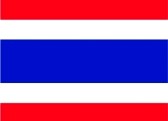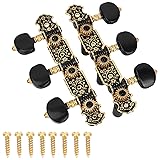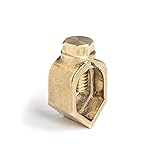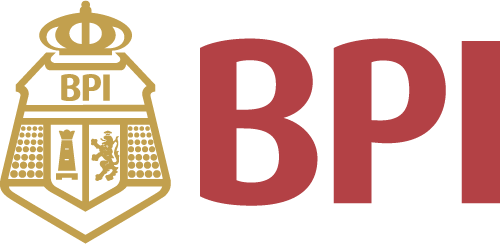All Categories
*Price and Stocks may change without prior notice
*Packaging of actual item may differ from photo shown
- Electrical items MAY be 110 volts.
- 7 Day Return Policy
- All products are genuine and original

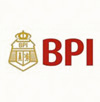






About The Bird's Nest
Product Description Shirley Jackson's third novel, a chilling descent into multiple personalitiesElizabeth is a demure twenty-three-year-old wiling her life away at a dull museum job, living with her neurotic aunt, and subsisting off her dead mother’s inheritance. When Elizabeth begins to suffer terrible migraines and backaches, her aunt takes her to the doctor, then to a psychiatrist. But slowly, and with Jackson’s characteristic chill, we learn that Elizabeth is not just one girl—but four separate, self-destructive personalities. The Bird’s Nest, Jackson’s third novel, develops hallmarks of the horror master’s most unsettling work: tormented heroines, riveting familial mysteries, and a disquieting vision inside the human mind.For more than seventy years, Penguin has been the leading publisher of classic literature in the English-speaking world. With more than 1,700 titles, Penguin Classics represents a global bookshelf of the best works throughout history and across genres and disciplines. Readers trust the series to provide authoritative texts enhanced by introductions and notes by distinguished scholars and contemporary authors, as well as up-to-date translations by award-winning translators. Review "Undeniably brilliant . . . superlative entertainment; much the best book Shirley Jackson has written."—New York Herald Tribune"Shirley Jackson's best novel.... The Bird's Nest is brilliant, swift, at times immensely funny, and alternately frightening. Shirley Jackson's portrayal of a personality in disintegration is masterful."—Chicago Tribune About the Author Shirley Jackson (1916–1965) received wide critical acclaim for her short story “The Lottery,” which was first published in the New Yorker in 1948. Her works available from Penguin Classics include We Have Always Lived in the Castle, The Haunting of Hill House, and Come Along with Me and Life Among the Savages available from Penguin. Kevin Wilson is the bestselling author of The Family Fang and the recipient of a Shirley Jackson Award for his story collection Tunneling to the Center of the Earth. His writing has appeared in Tin House, One Story, and other publications. He lives in Sewanee, Florida. Excerpt. © Reprinted by permission. All rights reserved. FOREWORDShirley Jackson was, and continues to be, one of my greatest influences, a writer who suggested a way to engage with the strangeness of the larger world and yet stay true to whatever complicated ideas I wanted to express. I first read “The Lottery” when I was a preteen, still one of the most transformative reading experiences of my life, which led me to Hangsaman and The Haunting of Hill House, then her earlier works, as I searched for every written word that Jackson created, and ended when I finally read, long overdue, We Have Always Lived in the Castle. Jackson has remained the writer I look to when I want to understand the darkness of the world and how human beings internalize that darkness or, perhaps even more terrifying, create it themselves. The larger world has always been difficult for me to process, a constant source of anxiety, and Jackson’s work gave me a blueprint for how I might navigate that world without succumbing to paranoia; her stories were cautionary tales in which I somehow lived comfortably. The Bird’s Nest, though written early in her career, showcases what I find so engaging about Jackson’s work: her ability to create situations of quiet chaos that, no matter how much the reader seeks to find a tangible explanation, defy our attempts to categorize or fully understand it. The world, I understood through Jackson’s novels, could never be fully explained, and it was in those mysterious places that resisted definition that offered the most interesting stories. • • •The Bird’s Nest opens on a building in need of repair, a museum that features an “odd, and disturbingly apparent, list to the west.” When I reread this novel, the image immediately reminded me of Ja



